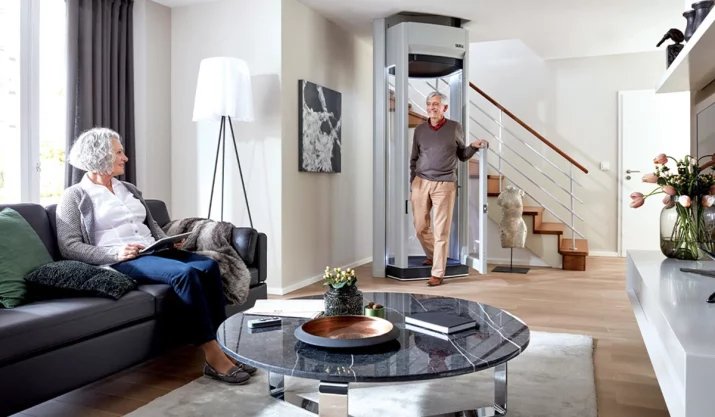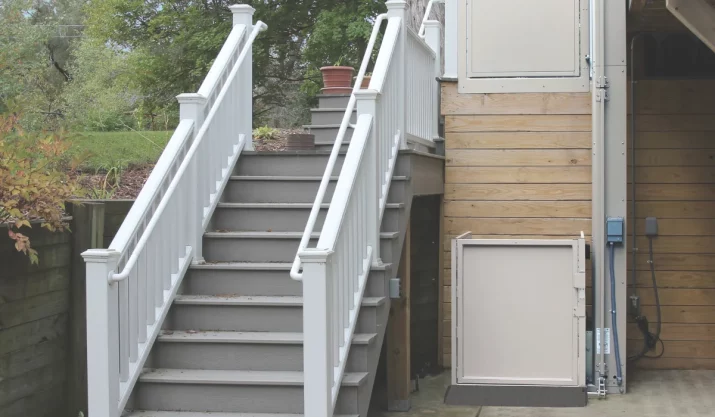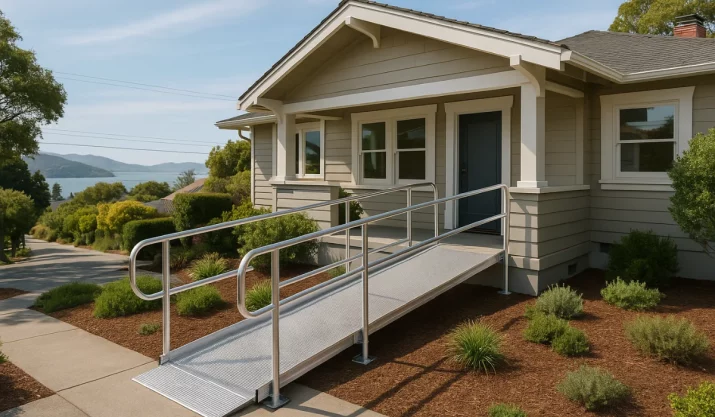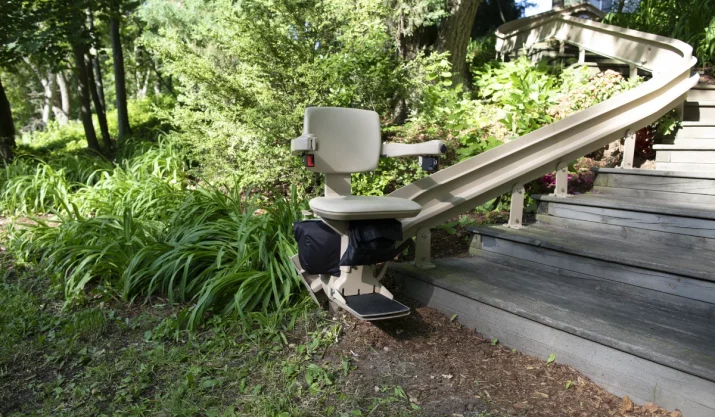Home Lifts 101: A Comprehensive Guide for California Homeowners

Table of Contents
If you’re a homeowner in California thinking about ways to make your home safer or easier to move around in, a home lift could be a smart choice. These lifts aren’t just for new homes. There are options for existing homes, too. Many of them are quiet, space-saving, and easy to use.
In this guide, we’ll help you understand what a home lift is, the types available, why they’re popular in California, how they work, and what you can expect from warranty and maintenance.
Key Takeaways
- A home lift is a personal elevator that helps you move between floors safely in any size California home.
- More homeowners across California are installing home lifts to stay independent, save space, and boost property value.
- Common safety features include backup power, smooth operation, locked doors, and simple buttons for everyday use.
- Most home lifts include a multi-year warranty and work best when serviced by a local company once each year.
What Is a Home Lift?
A home lift, also called a residential elevator or in-home elevator, is a small lift that moves you between floors inside your house. Unlike a commercial elevator that’s built for busy buildings, it is designed for comfort and easy access in homes.
In places like Los Angeles or Oakland, where homes can be built on hills or have tight spaces, a home lift can make life easier without needing a big remodel. Some of its common types are:
- Traditional Home Elevators: These use a cable or hydraulic drive system. They often need a shaft and a machine room.
- Shaftless Home Lifts: These lifts take up less room and can be added to an existing home.
- Pneumatic Elevators (Vacuum Elevators): These lifts use air pressure and are often made of glass.
- Stiltz Lifts: These are compact and plug into a regular outlet. No machine room is needed.
- Vertical Platform Lifts (also called Wheelchair Lifts or Accessibility Lifts): These are made for wheelchair users and help you move between levels safely.
Why California Homeowners Are Choosing Home Lifts
If you’re wondering why more people across California are adding home lifts, you’re not alone. Here’s what’s driving the decision for many homeowners like you:
Make Your Home Easier to Live In
If you live in a multi-story home in Anaheim, Long Beach, or San Diego, stairs can become hard to use over time. A home elevator helps you move between floors easily.
It removes the daily struggle of stairs with a permanent solution.
Helps You Stay in Your Home Longer
Many California homeowners want to stay in their homes as they get older. A home lift supports aging in place, so you don’t have to move if stairs become a problem.
Whether you’re in Los Angeles, San Jose, or Oakland, it’s a smart way to stay independent.
Adds Value to Your Property
In busy real estate markets like San Francisco or Irvine, adding a residential elevator can make your home more attractive to buyers. Some people use stair lifts as a temporary option, but a home lift adds more long-term value.
Saves Space
Homes in cities like San Diego and Long Beach are often tight on space. That’s where space-saving lifts like shaftless or pneumatic elevators come in. You don’t need a full shaft or a machine room, which helps keep your floor plan open.
Fits Many Home Styles
Whether your house has a modern coastal design or a classic Spanish style, today’s home lifts come in many styles and finishes. A good elevator company can help you choose one that matches your home’s look.
Home Lift Safety Features and How They Work
If you’re thinking about adding a home lift, it’s just as important to know how it works as it is to know how safe it is.
Here’s what you’ll find on many home lifts installed in California homes:
Backup Power and Emergency Stop
Good home lifts include an emergency stop button and a backup power supply.
If the power goes out, which isn’t rare in Southern California during a heatwave, you’ll still be able to use your lift safely.
Quiet, Smooth Ride
Modern home elevators use improved drive systems that are quiet and smooth. This is important if you live in a shared space or have bedrooms near the lift.
Door Locks and Sensors
All high-quality home lifts come with safety features like door interlocks and motion sensors. These prevent the lift from moving if something is in the way or the door isn’t closed properly.
Easy-To-Use Controls
Most residential elevators have simple buttons or touchscreen panels. You don’t need to be tech-savvy, and they’re designed to work well for people with limited mobility.
Warranties and Maintenance
If you’re investing in a home lift in California, you’ll want to know it’s going to last. Most elevator companies offer a warranty of one to five years. This usually covers key parts like the motor, drive system, and electronics.
At California Mobility, we also offer elevator service plans to keep your lift running smoothly. We recommend a yearly check-up to make sure everything is working as it should. Our team services all major types of home lifts and platform lifts, and we’re based right here in California.
Want to learn more?
Visit our California showroom or request a custom free quote. We’ll help you find the lift that fits your home and your needs.
Contact us today to start planning your in-home elevator solution.








